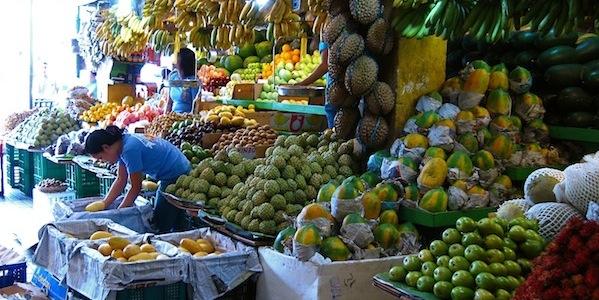Philippines Financial System Stability Committee has recorded stable economic conditions up to the third quarter this year, but it has also recorded negative perception of the people’s purchasing power, said a kontan.co.id report late Tuesday.
Finance Minister Mulyani Indrawati said at a press conference in Jakarta that the situation was being discussed by members of the committee to learn whether the decline in purchasing power was real or merely perceived, PNA reported.
The minister said that from the positive tax collection, the government considered the economy was in stable condition. “Tax revenue posted double-digit growth. It indicates economic activities. Therefore, we need to run a study on the people’s purchasing power,” Indrawati said.
She explained that the tax revenue collected from all sectors grew positively in the third quarter, with the industry sector contributing Rp 224.95 trillion ($16.55 billion), a year-on-year growth of 16.63%; trade contributing Rp 134.74 trillion (18.74% y-o-y growth); and the financial sector contributing Rp 104.92 trillion (9.08% y-o-y growth).
The three sectors contributed 65% to total tax revenues, she said.
She further explained that the construction sector contributed Rp 35.40 trillion in tax revenues (2.46% y-o-y growth), the mining sector contributed Rp 31.66 trillion (30.16% y-o-y growth) and the information technology sector contributed 32.19 trillion (4.62% y-o-y growth).
“So, the economy has moved forward. From the numbers, we see confidence in all sectors,” Indrawati added.
Meanwhile, Philippine economic growth may end up weaker than expected given signs that investors are being discouraged by the political climate, a research consultancy said.
“Whereas both the consensus and the International Monetary Fund are expecting growth over the next five years of around 6.5% to 7%, we think growth is likely to be closer to 6%,” London-based Capital Economics said in a report authored by Alex Holmes.
It noted that rapid investment growth—averaging above 10 since 2010—was one of the factors that enabled the Philippines to escape the “sick man of Asia” tag.
The country has also jumped up the rankings of various international league tables that measure competitiveness, the number of business regulations and corruption levels. However, investment as a share of gross domestic product is still lower than elsewhere in the region, Capital Economics said.
“If the Philippines is to maintain rapid growth it requires more capital deepening. It is no surprise that the fastest growing emerging markets over the past couple of decades have typically been those with high investment rates”, the report notes.


